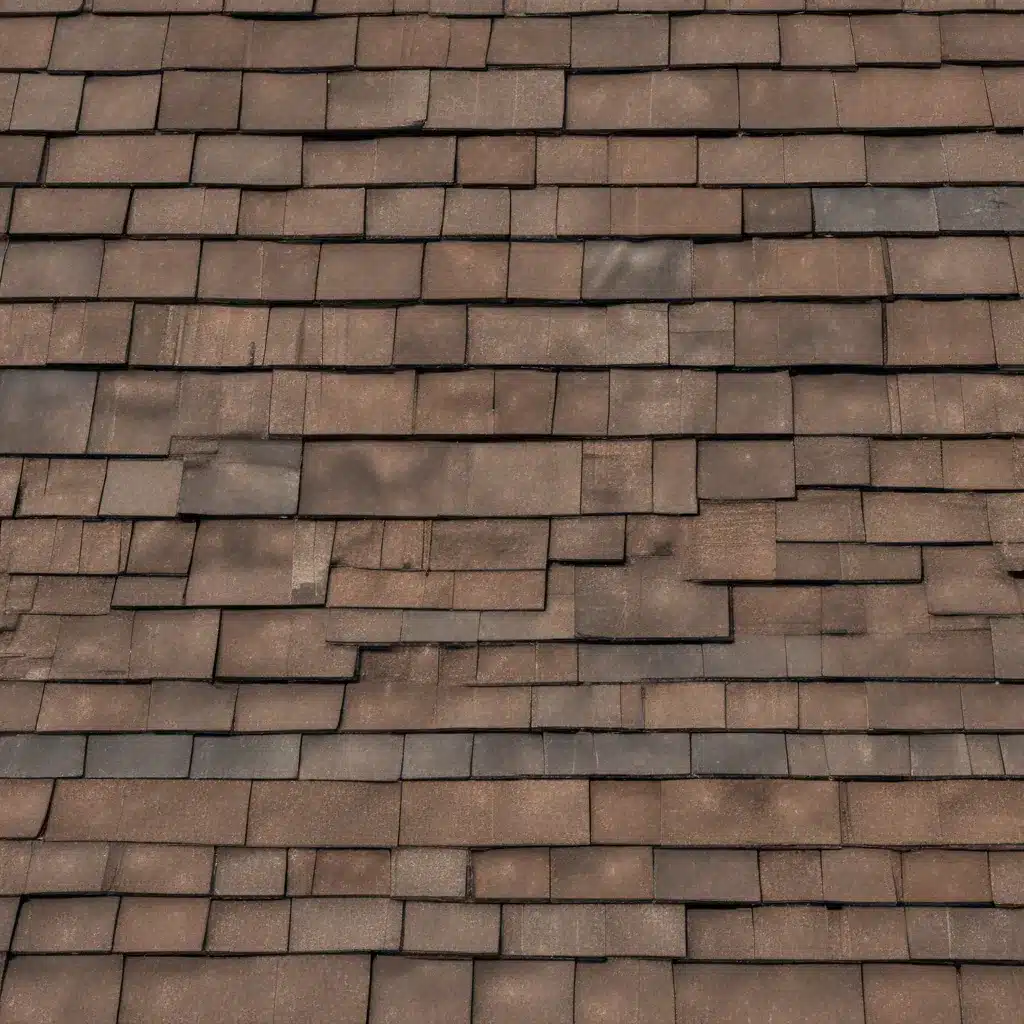In our modern world, where rising energy costs are a burgeoning concern for many, embracing energy-efficient solutions has become paramount. One crucial component that plays a pivotal role in this endeavor is the roof – a carefully made roofing decision can have a far-reaching impact on energy consumption. By making smart choices about roofing materials and design, homeowners can reduce heat loss in the winter, minimize heat gain in the summer, and ultimately lower their energy bills.
Roofing Materials and Energy Efficiency
When it comes to maximizing energy efficiency, the selection of roofing materials is of utmost importance. Homeowners have a diverse range of options to choose from, each with its own set of energy-saving properties.
Reflective Roofing
Reflective roofing materials, such as metal and asphalt shingles with reflective granules, are designed to reflect a significant portion of the sun’s rays, reducing heat absorption and minimizing the strain on cooling systems during hot summer months. This type of roofing can be particularly beneficial in warmer climates, where the cooling load is a significant portion of a home’s energy usage.
Insulating Roofing
Insulating roofing materials, on the other hand, are engineered to provide superior thermal resistance, preventing heat from escaping during the colder seasons and reducing the need for heating. Examples include roofing options like clay tiles, concrete tiles, and certain types of metal roofs. By incorporating these insulating materials, homeowners can achieve a more consistent indoor temperature, leading to substantial energy savings.
Photovoltaic Roofing
For those seeking to harness renewable energy, photovoltaic roofing presents an innovative and eco-friendly solution. These roofing systems, which integrate solar panels directly into the roof, convert sunlight into usable electrical power, reducing the reliance on traditional grid-supplied electricity. Photovoltaic roofing not only contributes to energy efficiency but also aligns with the growing demand for sustainable living.
Roof Design and Orientation
In addition to the roofing materials, the design and orientation of the roof play a crucial role in maximizing energy efficiency.
Roof Pitch and Angle
The pitch and angle of the roof can significantly impact its energy performance. In general, a steeper pitch can enhance the roof’s ability to shed water and snow, while a shallow pitch may be more suitable for reflective roofing materials to effectively reflect sunlight. Consulting with roofing professionals can help homeowners determine the optimal roof pitch and angle for their specific climate and energy efficiency goals.
Roof Overhang and Shading
The overhang of the roof, as well as the strategic placement of trees or other shading elements, can help regulate the amount of direct sunlight hitting the roof surface. This, in turn, can reduce heat gain during the warmer months, decreasing the need for air conditioning and improving overall energy efficiency.
Roof Ventilation
Proper roof ventilation is essential for maintaining optimal indoor temperatures and prolonging the lifespan of roofing materials. Adequate ventilation allows hot air to escape the attic, reducing the strain on cooling systems and lowering energy costs. Homeowners can explore various ventilation systems, such as ridge vents, soffit vents, and attic fans, to ensure their roof is properly ventilated.
Environmental Impact of Roofing
Beyond energy efficiency, the environmental impact of roofing choices is a crucial consideration for eco-conscious homeowners.
Sustainable Sourcing
When selecting roofing materials, it is important to prioritize options that are renewable, recycled, or sustainably sourced. This can include materials like solar shingles, recycled plastic or metal roofs, and natural slate or clay tiles. These choices not only contribute to a more sustainable roofing system but also align with the growing demand for environmentally friendly home improvements.
Waste Reduction
Homeowners should also consider the lifespan and recyclability of roofing materials. Investing in long-lasting, durable roofing options can help reduce the frequency of replacements, minimizing waste and the associated environmental impact. Additionally, choosing roofing materials that can be recycled at the end of their useful life further enhances the sustainability of the roofing system.
Cost-Effective Roofing Solutions
While energy-efficient and eco-friendly roofing options may require a higher upfront investment, the long-term benefits often outweigh the initial costs.
Upfront Costs
When budgeting for a roofing project, homeowners should consider the material expenses as well as the installation costs. While some energy-efficient roofing materials may be more expensive than traditional options, the potential energy savings and increased home value can justify the higher upfront investment.
Long-Term Savings
Upgrading to an energy-efficient roofing system can lead to significant energy savings over time, as the roof plays a crucial role in regulating indoor temperatures. Additionally, maintenance costs may be reduced, as certain roofing materials, such as metal or tile, can offer increased durability and longevity compared to traditional asphalt shingles.
Regulatory and Incentive Considerations
Homeowners should also be aware of the regulatory landscape and potential incentive programs that may influence their roofing choices.
Building Codes and Standards
Many regions have energy efficiency requirements and sustainability regulations that must be met when installing a new roof. Staying informed about the latest building codes and standards can help ensure that the selected roofing solution aligns with local guidelines and maximizes energy efficiency.
Incentive Programs
To encourage the adoption of energy-efficient and eco-friendly roofing solutions, various tax credits, rebates, and other incentive programs may be available to homeowners. Researching and taking advantage of these programs can further improve the cost-effectiveness of sustainable roofing choices.
By considering the diverse range of roofing materials, design elements, and environmental factors, homeowners can make informed decisions that not only enhance their home’s energy efficiency but also contribute to a more sustainable future. Consulting with experienced roofing professionals and exploring the resources available at Reluctant Renovator can provide invaluable guidance throughout the roofing selection and installation process.




